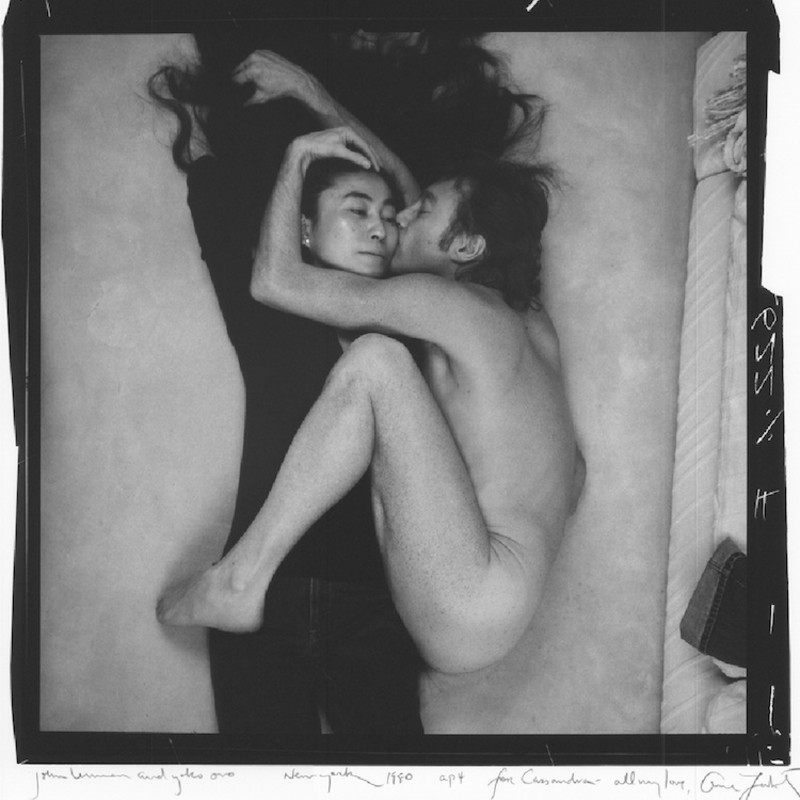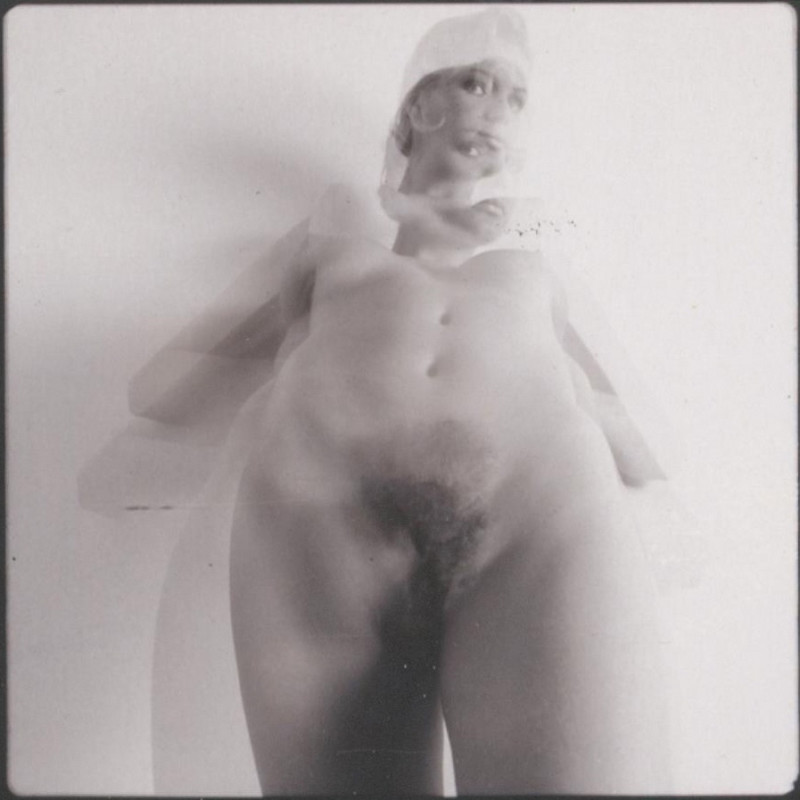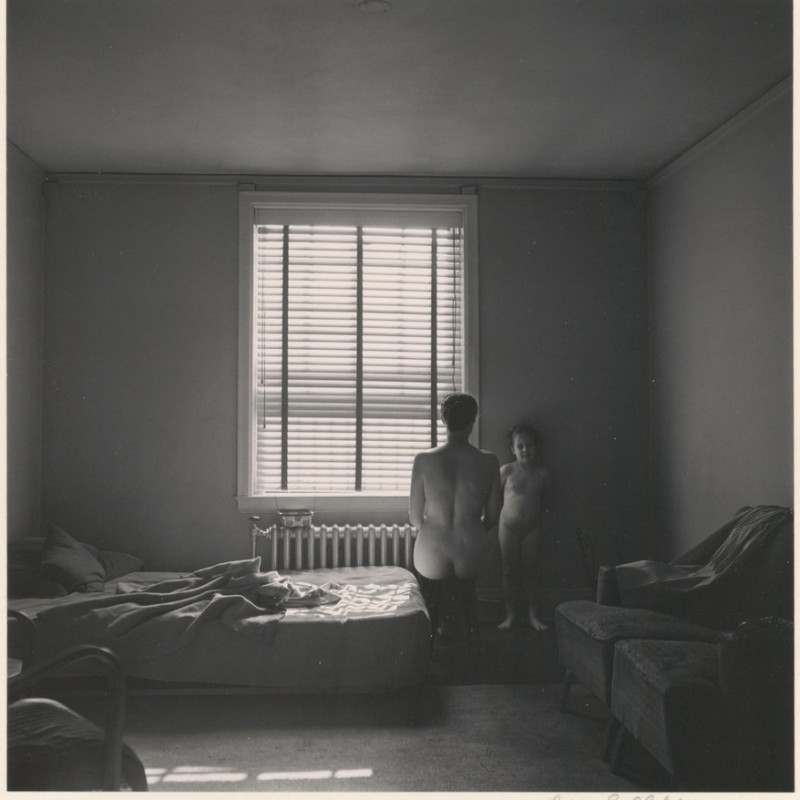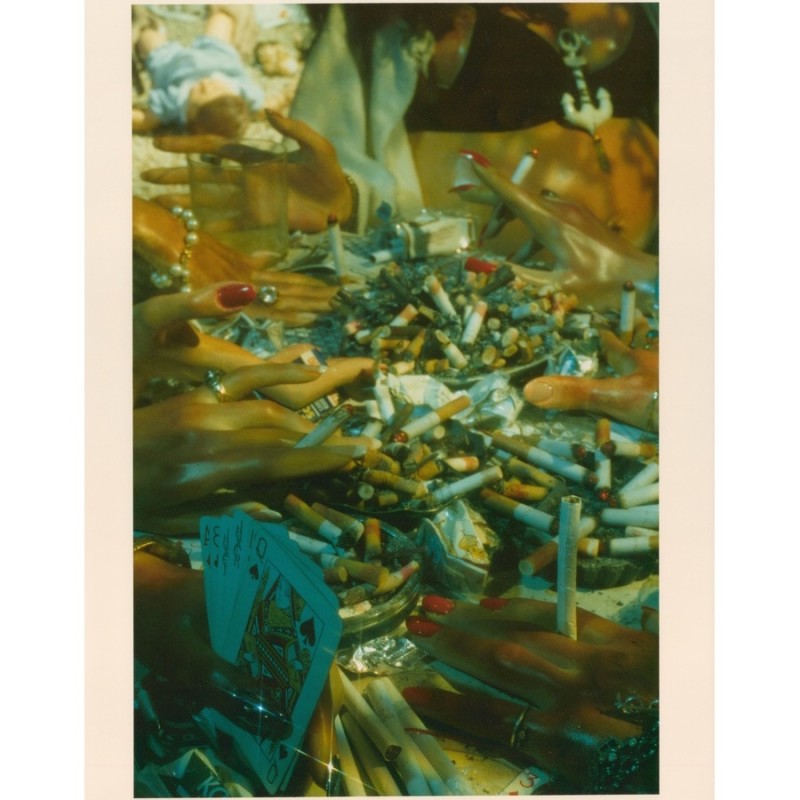Charles Jin: Humanity in the Carnal World — World-renowned Contemporary Photographers’ Masterpieces from the Twentieth Century
Curator: Charles Jin
When I am alone and face to face with the work of great masters, an old-fashioned phonograph always pops into my mind. The slow revolution of the vinyl record, like the annual growth rings of trees, the systematic advancement going round and round...For many things in the world, once invented, they start to undergo change. Old records already seem to have entered the museum and become history; but, we need not expend too much attention to discover, no matter how the world changes, some things still carry an eternal power. Since the 20th century, during the intervening hundred years of photographic history, master photographers have been situated at different latitudes and have produced innumerable classic works of widely differing styles. However, the exploration of sex has always emerged as a meaningful motif.
In their midst, Alfred Stieglitz used an 8 x 10 camera to realistically record painter Georgia O'Keefe's body, striving to analyze the secret soul and bodily bloom of the female sex. The camera in Edward Weston's hand became an extraordinary paintbrush, with each click of the shutter resulting in an extremely special and sensual landscape painting. Man Ray's photography with the female form as subject endowed him with the mantle of the founder of “Dadaism”, while his “photograms” and “solarization” works helped usher him to the other side of Surrealism. Harry Callahan's entire life was absorbed by depicting the beauty of various parts of his wife Eleanor's body, using compositions of compact details as well as multiple exposure techniques to imbue emotion. Robert Mapplethorpe's photography involved challenging postures and abandoned traditional aesthetic notions, thus bringing photography of the human form to its most avant-garde realm. His classical yet contemporary photographic expression marks a milestone in the world of American contemporary photography. Sally Mann's two daughters were her main photographic subjects. With precise and exquisite composition, her work uses visual beauty to shake the traditional concepts of sexual culture through accurate depictions of their development from girls to women. Richard Prince cleverly utilized popular sidebar news, extracting subject matter from vulgar pop culture and unique tactics of appropriation to form image collages, thus revealing the sexual inhibitions of the American public and the psychological conflict experienced while attempting to resist it. The theme of Araki Nobuyoshi's photography is sex, which essentially permeates every aspect of his life and work, impelling him to produce the following definition of photography: “photographs are like women, they're most interesting when wet.”
So, there will definitely be those who dispute me on this, but did Cartier-Bresson not photograph nudes, not talk about idea, and in the same way become a great master?
In my humble opinion, Henri Cartier-Bresson, Eugene Smith, Josef Koudelka, Sebastião Salgado and numerous others were also equally interested in “sex”, but what's slightly different is that in their photographic narratives they emphasized the “human” aspect. In the lives and careers of these great masters, we're accustomed to seeing “human concern” as “concern for the humanities” but without “sex” in particular, what constitutes this group of “humans”?
In humankind's history of art, that which is able to leave its trace must be unique in its creative concept or truly innovative. The dazzling radiance of the history of photography in the 20th century is precisely what these great masters have left behind for us. They captured humankind's misfortune and suffering, while sharing a common ground of “gratitude, generosity, compassion, benevolence, and hope.” All things in the universe can be traced back to their source, and from what I can see in the art of these great masters is inseparable from this eternal theme of humankind. To see “sex” is to see a great distance, with an understanding of this principle, we're able to go even farther.
Just as Mu Xin says: If one is great, after death you'll glow slowly and continue to shine.





